They’re the same dog… until they’re not.
Say “Alsatian” in one country and “German Shepherd” in another, and suddenly you’ve got people debating like it’s a national sport.
Is it just a name swap? A political move? Or are there actual differences between these two majestic canines?
It’s messier—and more fascinating—than you might think.
Behind those intelligent eyes and powerful build lies a story of war, branding, and public perception.
Whether you’re a dog lover, a trivia addict, or someone who just wants to settle an argument with your neighbor, we’ve got the facts you need.
Here are 11 ways to finally unravel the mystery of the Alsatian vs. German Shepherd. Get ready to have your assumptions shaken—just like a squeaky toy in the jaws of a very determined pup.
Origin of the Names
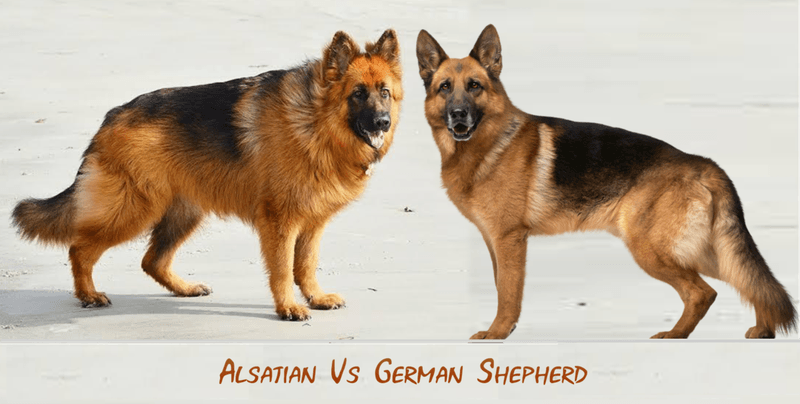
Did you know that these two names stem from historical events? The German Shepherd was rebranded as the Alsatian in Britain during World War I due to anti-German sentiment. This change was made to avoid negative connotations associated with Germany at the time. However, in many parts of the world, including the United States, the breed is still known as the German Shepherd. So, if you hear someone referring to an Alsatian, they’re talking about the same loyal and intelligent breed that’s known as the German Shepherd elsewhere. The name difference is purely geographical and historical.
Physical Appearance
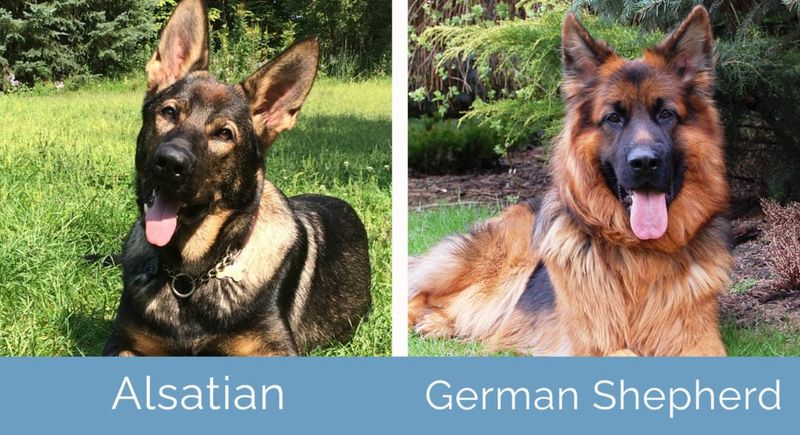
At a glance, you might think these two are identical twins, but look closer! German Shepherds typically have a stronger, more defined back slope compared to the Alsatian. Their coat colors are often similar, ranging from black and tan to sable and all black. While both varieties are muscular and athletic, the Alsatian may appear slightly stockier due to regional breeding preferences. Despite these differences, their majestic wolf-like appearance remains consistent, making them one of the most recognized breeds worldwide.
Temperament and Behavior

Both breeds share an intelligent and loyal nature, but their environments might influence their behaviors differently. German Shepherds are often seen in roles that require discipline and focus, like police work. Alsatians, particularly those bred as family pets, might be more relaxed and playful. Their adaptability makes them perfect companions, whether they’re working hard or playing in a backyard. These dogs thrive on interaction and mental stimulation, so keeping them engaged is key to a happy dog. Their behaviors reflect their training and surroundings.
Training and Intelligence
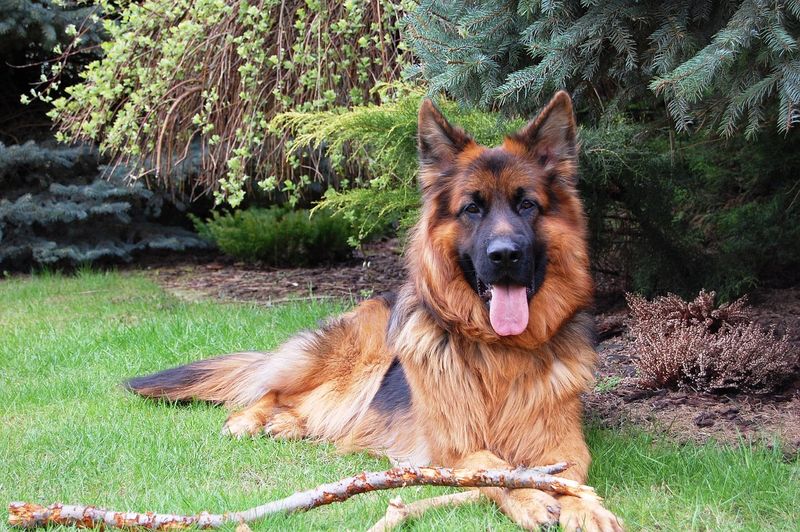
Renowned for their intelligence, both Alsatians and German Shepherds excel in training. They’re quick learners, making them star pupils in obedience classes. German Shepherds are often used in search and rescue missions due to their ability to learn complex tasks quickly. Alsatians are equally adept, especially when trained as companions or therapy dogs. It’s fascinating to see their minds at work, solving problems and following commands. With patience and consistency, these dogs can master nearly any trick or task, proving their mental agility time and again.
Health and Lifespan
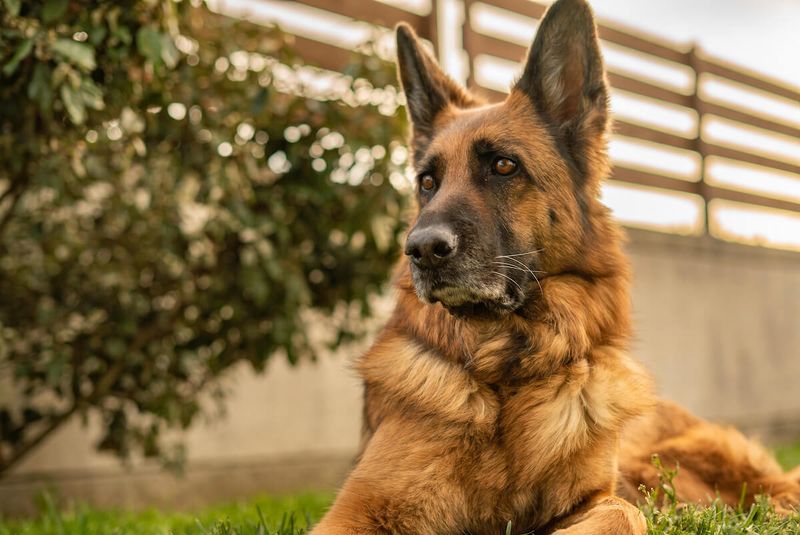
Generally, both breeds enjoy robust health, but they can be prone to certain genetic issues. It’s important to monitor their joint health, as hip dysplasia is common. Regular vet check-ups ensure any potential problems are caught early. Their lifespan typically ranges from 9 to 13 years, depending on factors like genetics, diet, and exercise. Keeping them active and at a healthy weight significantly contributes to their quality of life. Their energetic nature means they can enjoy long, joyful lives with the proper care and attention.
Popularity and Usage
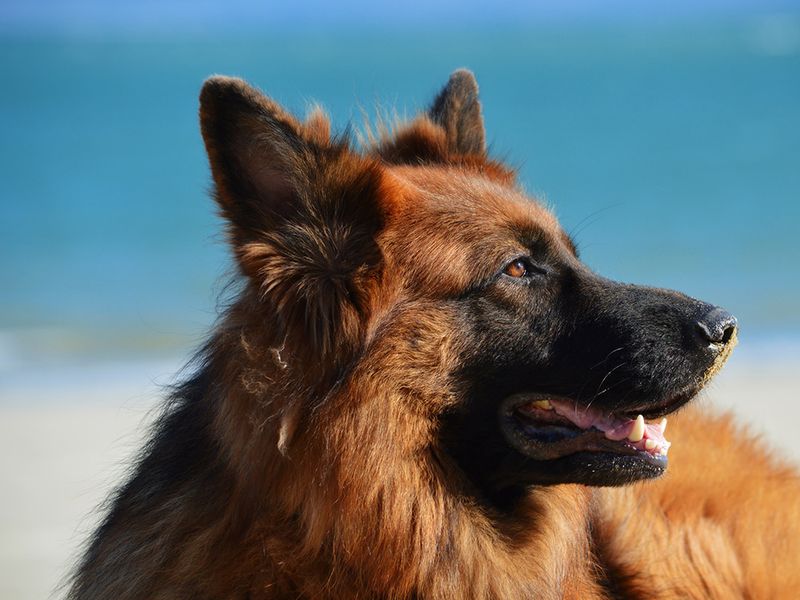
As one of the most popular breeds, German Shepherds are highly sought after for various roles, from service dogs to family pets. Their versatility is unmatched, with a strong presence in law enforcement, military, and search and rescue operations. Alsatians, while identical in ability, are more commonly seen in home environments, cherished for their companionship and affection. Their popularity stems from their ability to adapt and excel in any role. Whether serving on the front lines or cuddling on the couch, their value is undeniable.
Coat and Grooming
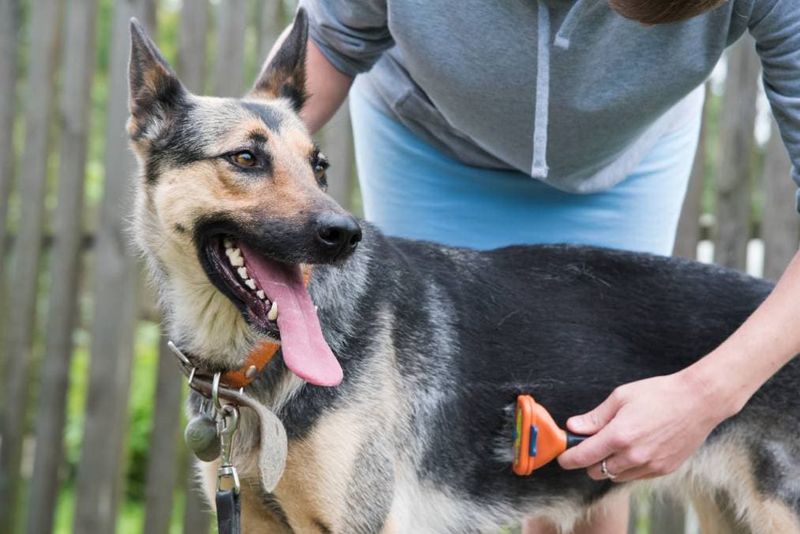
Their coats, though beautiful, require regular grooming to keep them healthy and shiny. German Shepherds have a dense, double-layer coat designed to protect against harsh weather. Alsatians might have slightly longer fur, necessitating more frequent brushing to prevent matting. Both breeds shed heavily, earning them the nickname “German Shedders.” Regular grooming not only keeps their coats looking pristine but also provides bonding time. Investing in a good brush and making grooming a routine can make a big difference in managing their shedding.
Exercise Needs
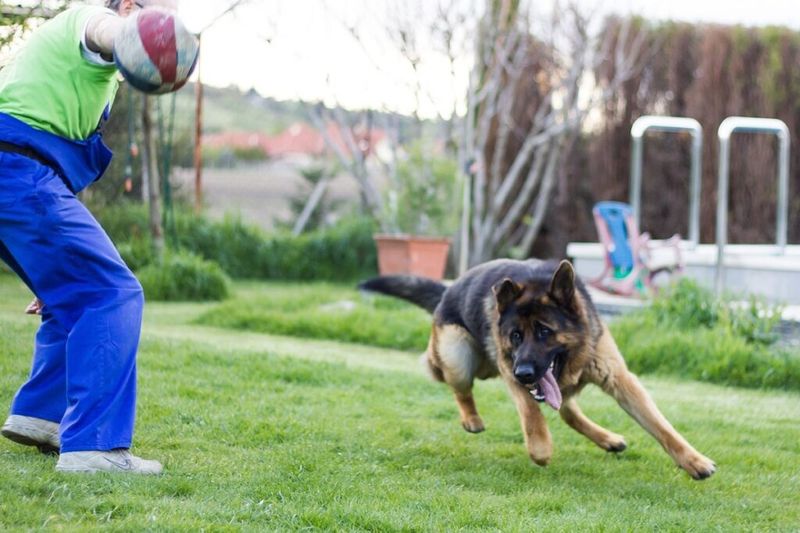
These breeds are not couch potatoes! Both Alsatians and German Shepherds require significant exercise to stay happy and healthy. Daily walks, runs, or play sessions are essential to meet their energy levels. For those with a backyard, letting them romp freely can be a great way to burn off energy. They also excel in canine sports like agility, obedience, and tracking, which tap into their natural talents. Keeping them physically active not only enhances their mood but also prevents obesity and related health issues.
Socialization and Interaction

These dogs thrive on interaction, not just with humans but also with other dogs. Socialization is crucial from a young age, helping them develop into well-rounded adults. Introducing them to various environments, people, and pets ensures they remain confident and friendly. While both breeds are protective of their families, proper socialization prevents over-guarding tendencies. Regular trips to the dog park or puppy classes can be beneficial. A well-socialized Alsatian or German Shepherd is approachable, balanced, and a joy to be around.
Diet and Nutrition

Both breeds thrive on a balanced diet rich in protein and nutrients. High-quality dog food that supports their active lifestyle is essential. Including lean meats, vegetables, and healthy fats ensures they get the nutrition they need. Care should be taken to avoid overfeeding, as obesity can lead to health complications. Monitoring their diet and adjusting based on age, weight, and activity levels keeps them in peak condition. Consultations with a vet can help tailor a diet plan that meets their specific needs, keeping them energetic and healthy.
History and Legacy
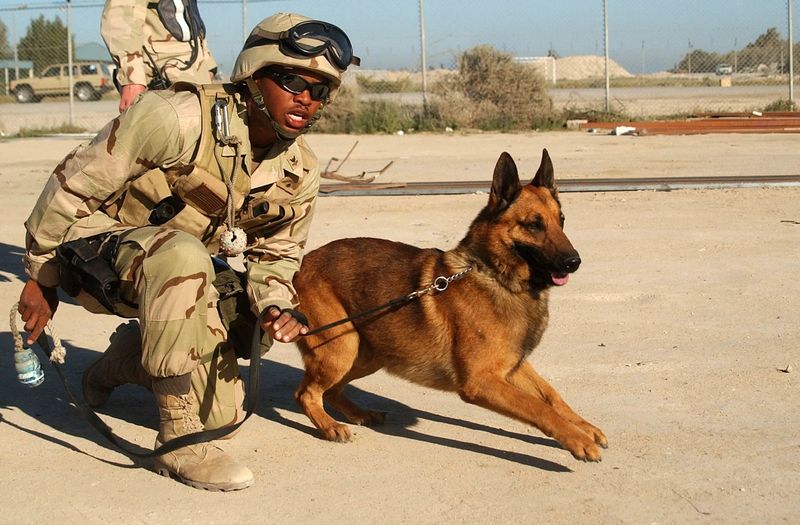
The legacy of these dogs stretches back to the late 19th century when they were bred for herding. Their intelligence and versatility quickly found them roles beyond the fields, including military and police work. German Shepherds particularly gained fame during wartime for their loyalty and bravery. Alsatians, while sharing this legacy, have also carved a niche as beloved family pets. Their history is rich with stories of heroism and companionship, making them a breed admired for their past and cherished in the present.

